Ever Wondered Why Indian Brides Apply Mehndi?
Have you ever been to a bride-to-be’s home on the eve of the wedding? If you have, then chances are that you would have had a fun-filled night with mehndi and laughter.
Indian weddings have a horde of customs and rituals which are both fascinating and fun. And one such custom is the Mehndi Ceremony at the bride’s family. This custom has roots dating back to Vedic times and is among the oldest culturally-significant Indian customs.
Simply put, on the wedding eve, the bride’s family members and close friends gather around and apply mehndi on her hands and feet. Nowadays, families hire professionals to apply mehndi on the bride and on the relatives as well. As easy as it sounds, this is a ritual that can take up to hours to complete just one design.
Significance of Mehndi
While the main event happens over at the bride’s place, the groom also gets a slice of mehndi in good spirit. A token of henna is applied on his palm as a mark of a good sign. We believe this deepens and strengthens the bond between the bride and the groom. As far as the belief goes, the darker the colour of the henna, the deeper the love of the husband for the wife.
Henna is said to be a bond of marriage. It is a promise that both the bride and groom are going to follow throughout their married lives. People also consider it as a good luck charm between the newlyweds and their families.
There are many deep-rooted beliefs regarding the application of mehndi. One of them is that the colour depicts the love and understanding that exists between the bride and her mother-in-law.
Alternatively, if the mehndi retains its colour for a long time, it is considered to be more auspicious for the newlyweds. Moreover, Indian culture sees henna as a symbol of fertility.
Usually, the mehndi ceremony is a standalone event. However, there are families who celebrate the evening with a sangeet ceremony, to make it more joyous. Modern weddings see the groom participating in the ceremony along with the bride’s family, making it a grand family affair.
Evolution of Mehndi Designs
Mehndi designs have come a long way, from the traditional, simple curves to complex and highly intricate works of art. Among the most sought after designs, the Arabic and Rajasthani designs are in highest demand.
Professionals combine henna with sequins and glitters, like sparkles and small crystals, to enhance its beauty. Each design is highly intricate with unique details that are not replicated on another.
Superstitious Followers
As is with traditional ceremonies, the mehndi ceremony is riddled with superstitious beliefs. These days, people take them up as funny labels. More often than not, mehndi designs include a hidden inscription of the groom’s name on the bride’s palm.
In some weddings, it is a good sign if the groom is able to find out his name from within the elaborate design. If he fails to do so, it is believed that the bride will be dominant in conjugal life. In other parts of India, the family members won’t allow the wedding night to commence until the groom finds out his hidden name. Another much stranger belief is that if an unmarried girl receives the scrapings of mehndi leaves from the bride, then she becomes the next bride.
Although such beliefs are not taken up too seriously these days, mehndi is still seen as an important part of the wedding celebration. It is a chance for the bride’s family to get together and make merry before the bride embarks on her new life.

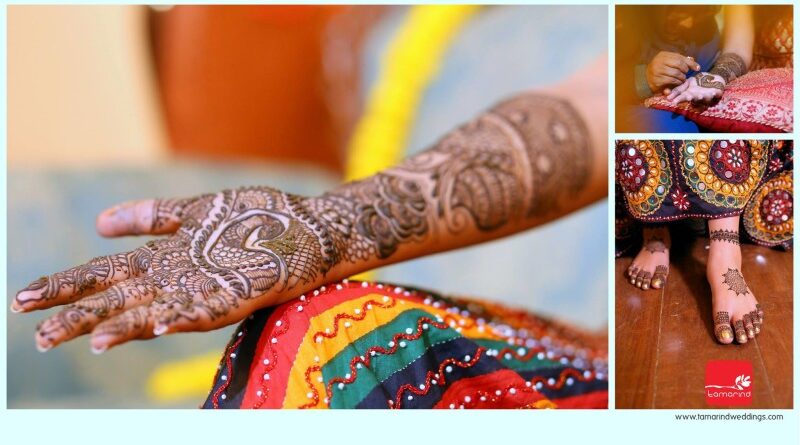
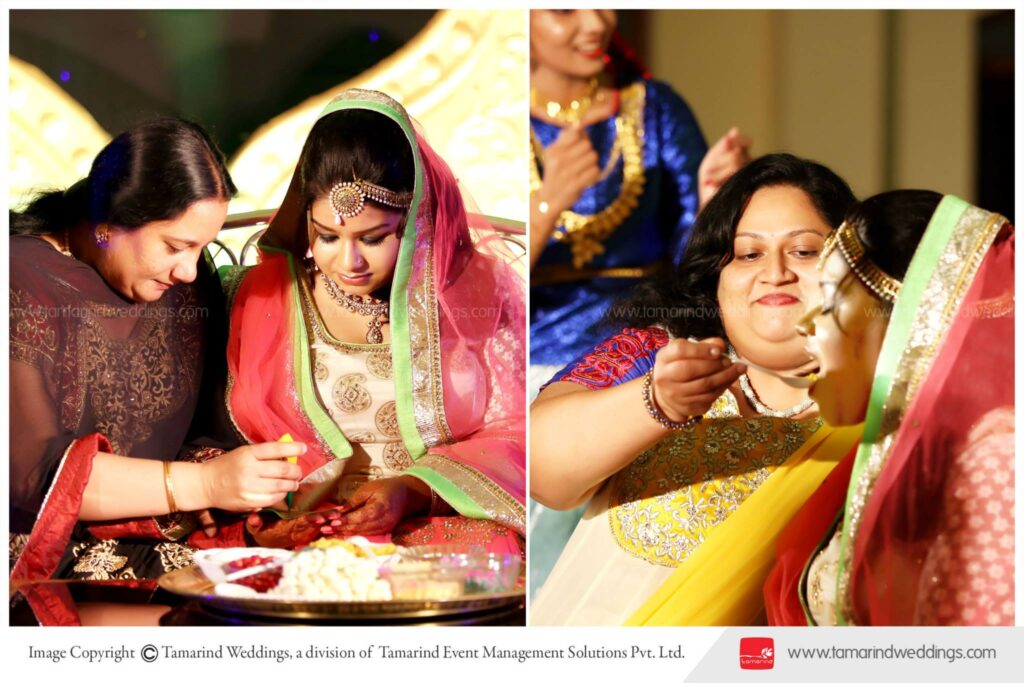

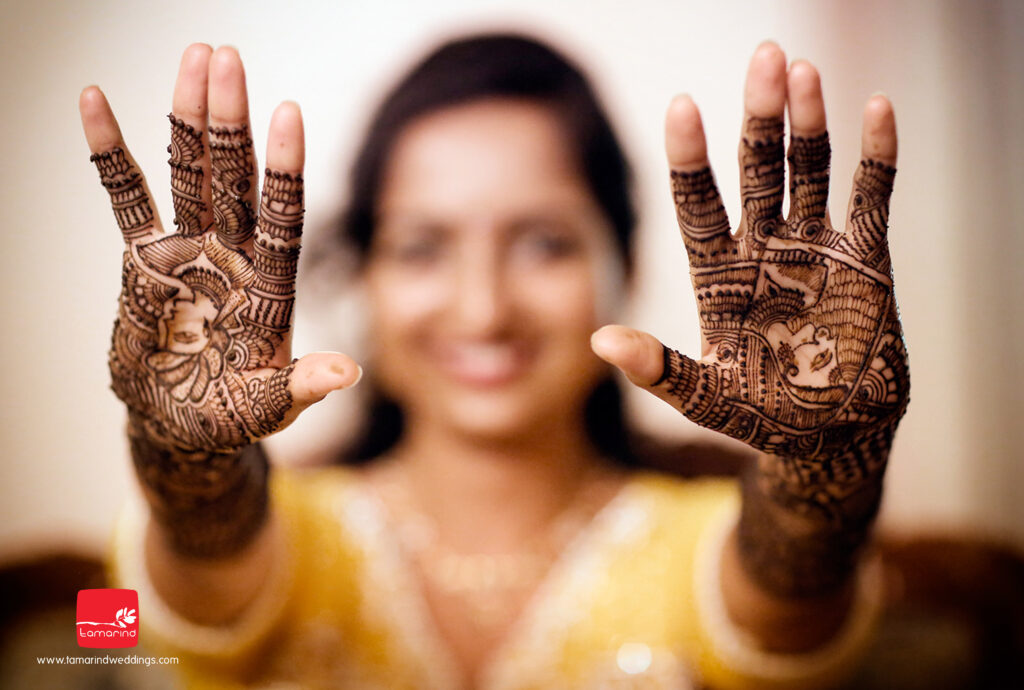

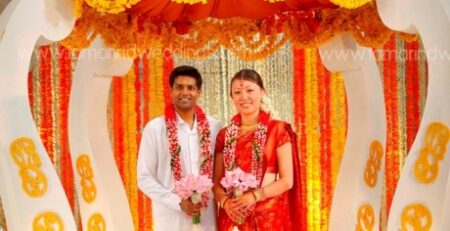
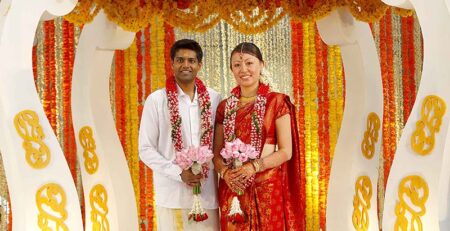

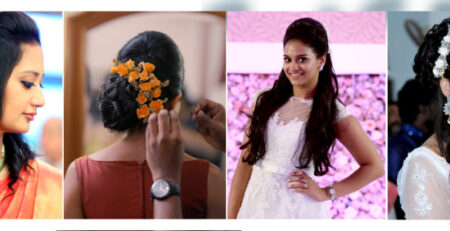



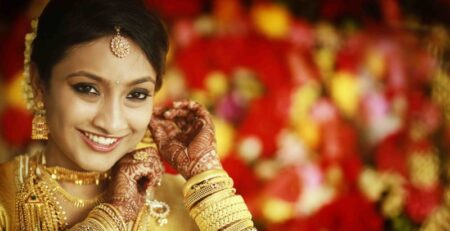
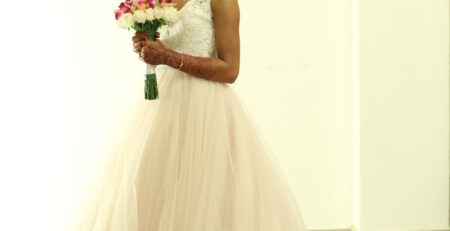
Leave a Reply